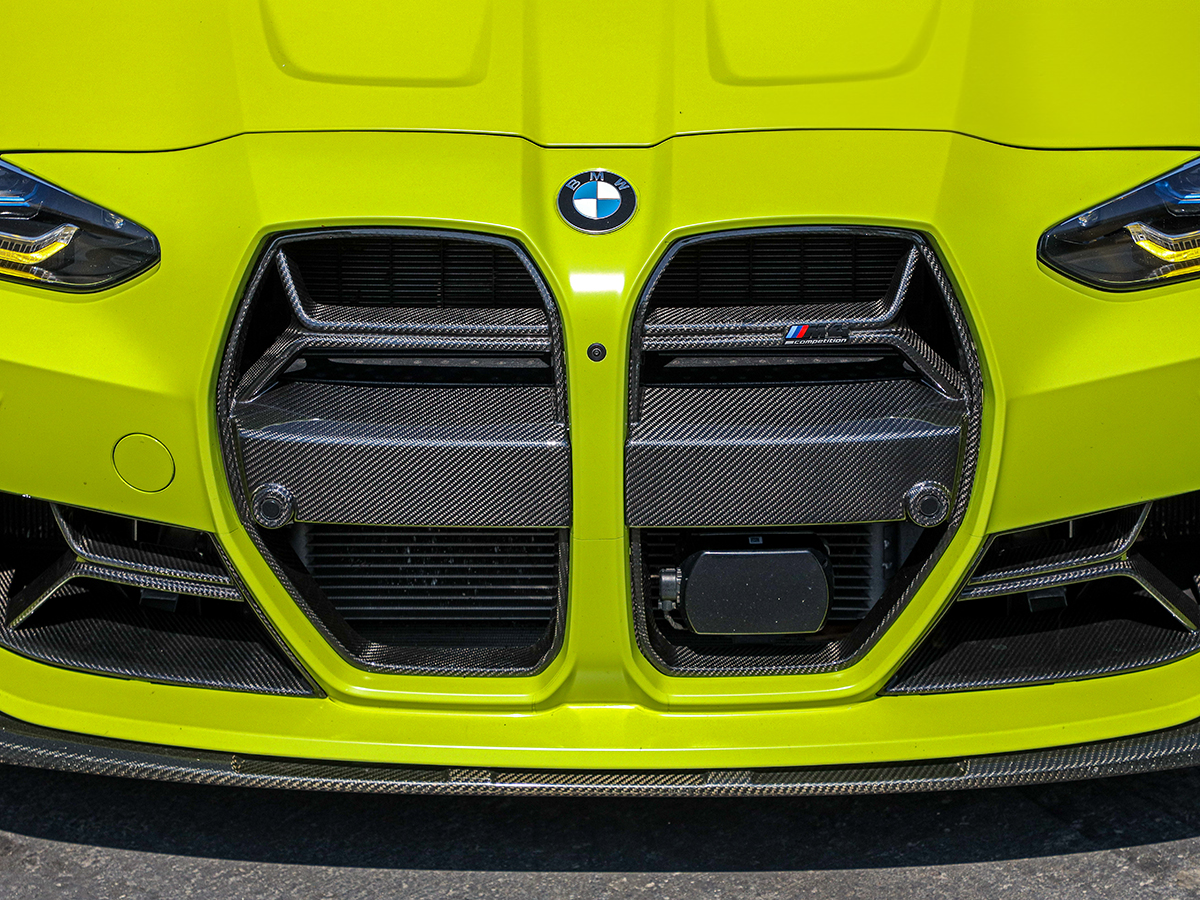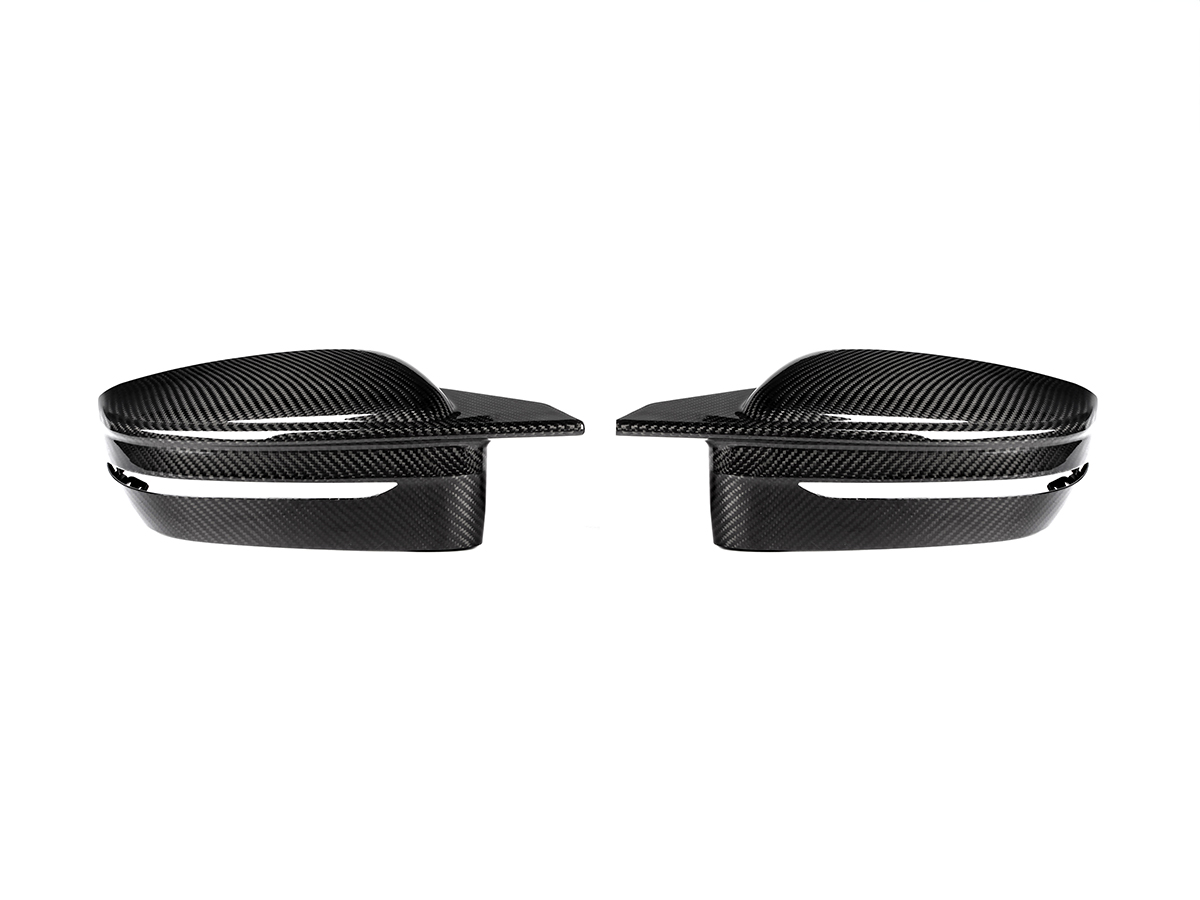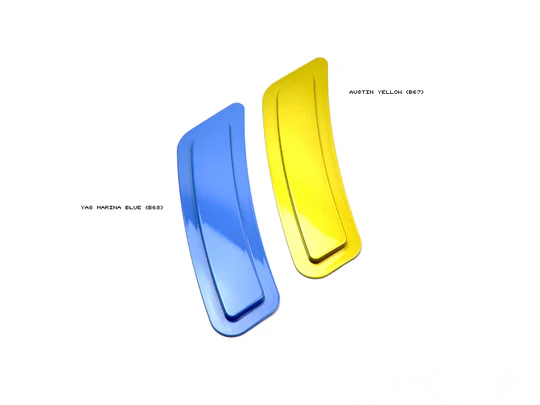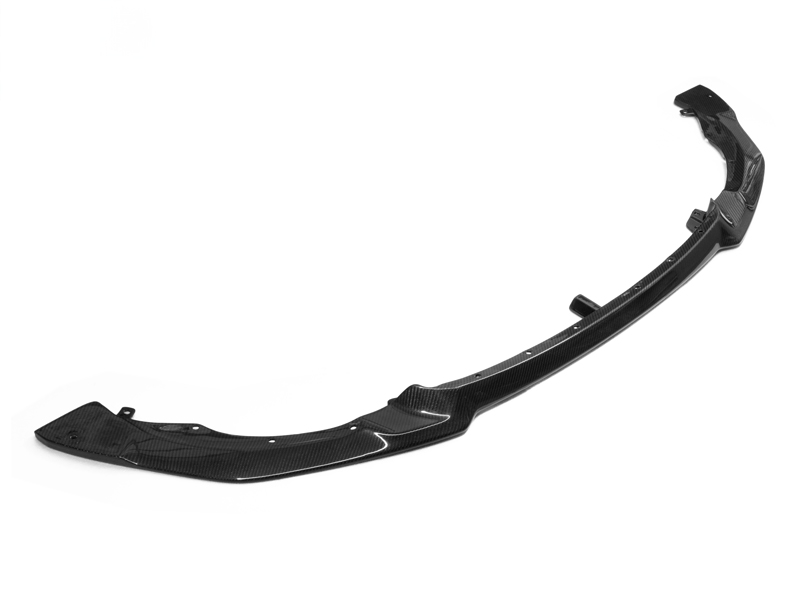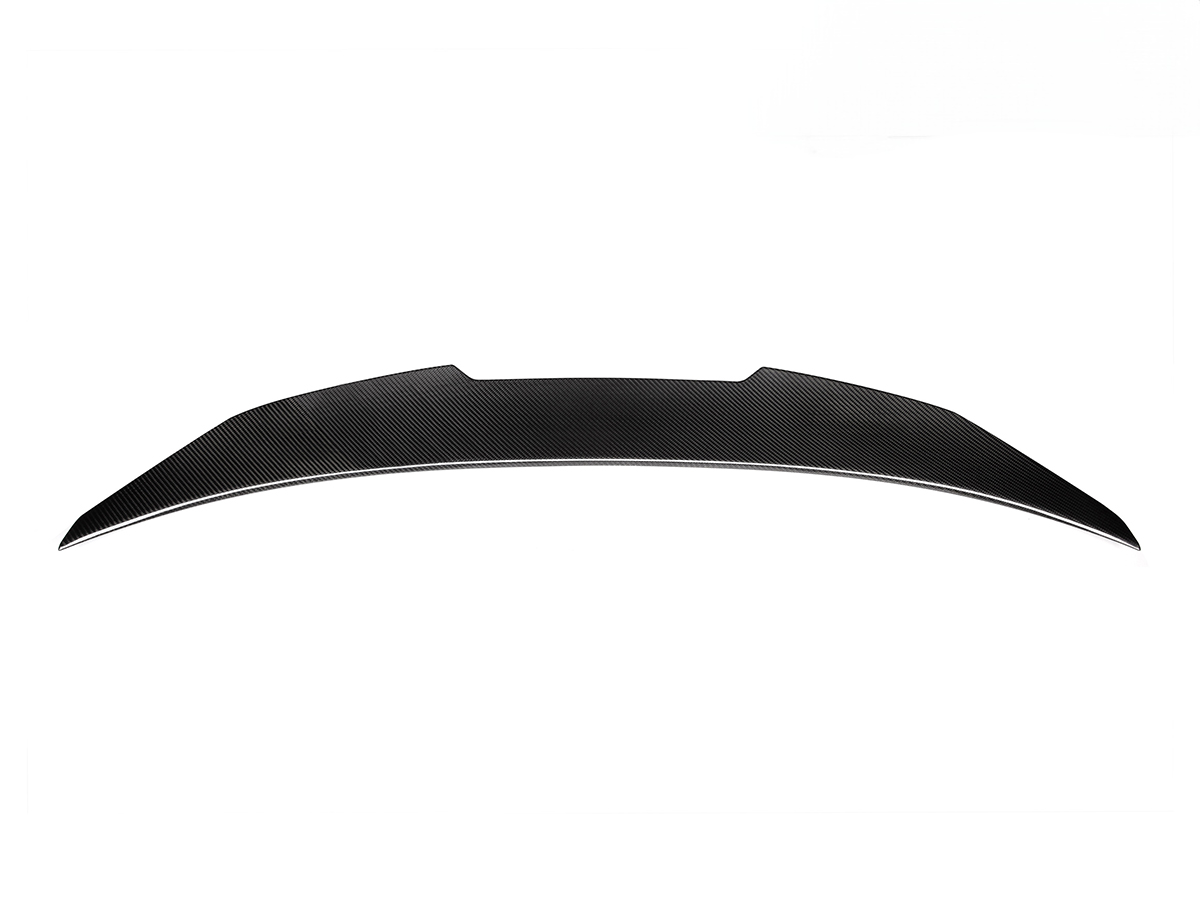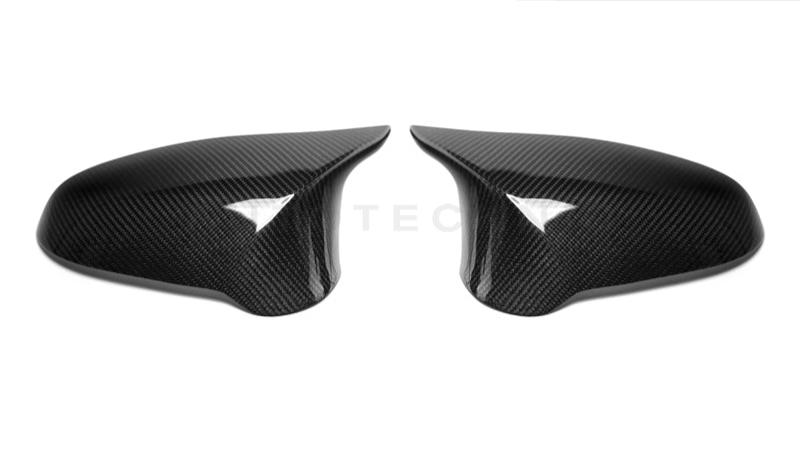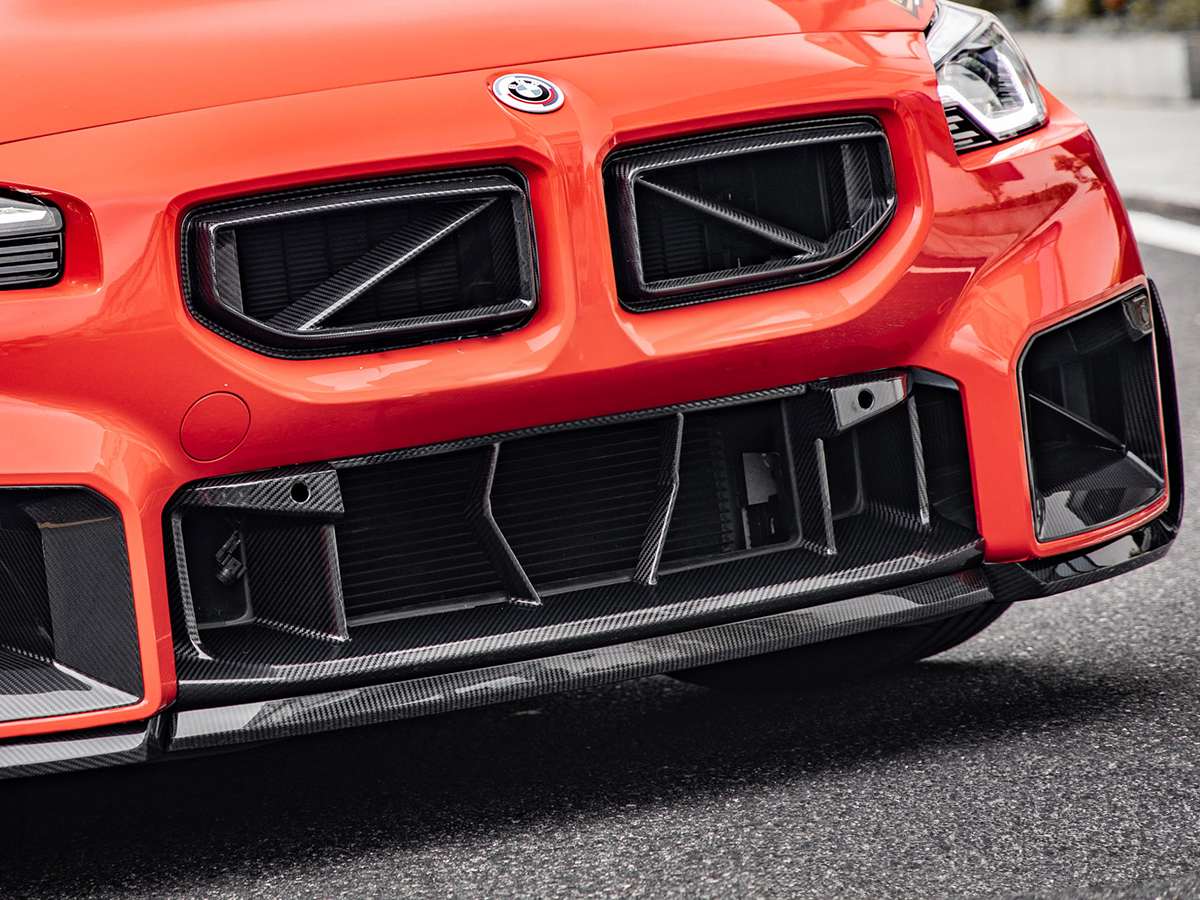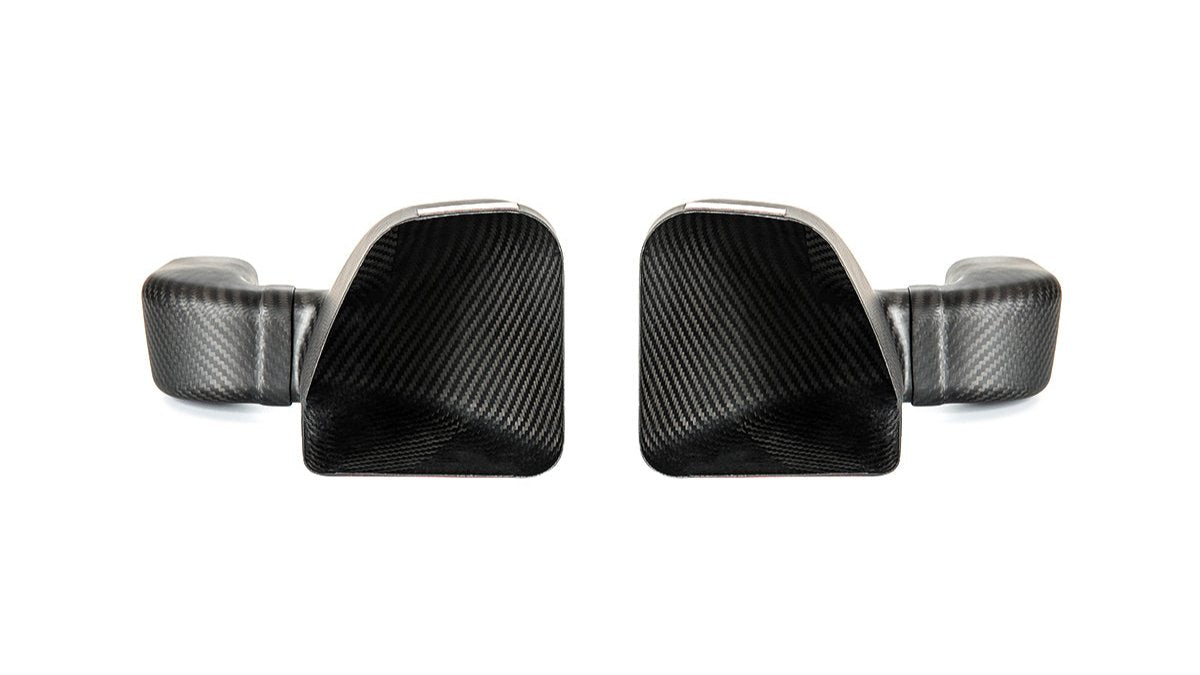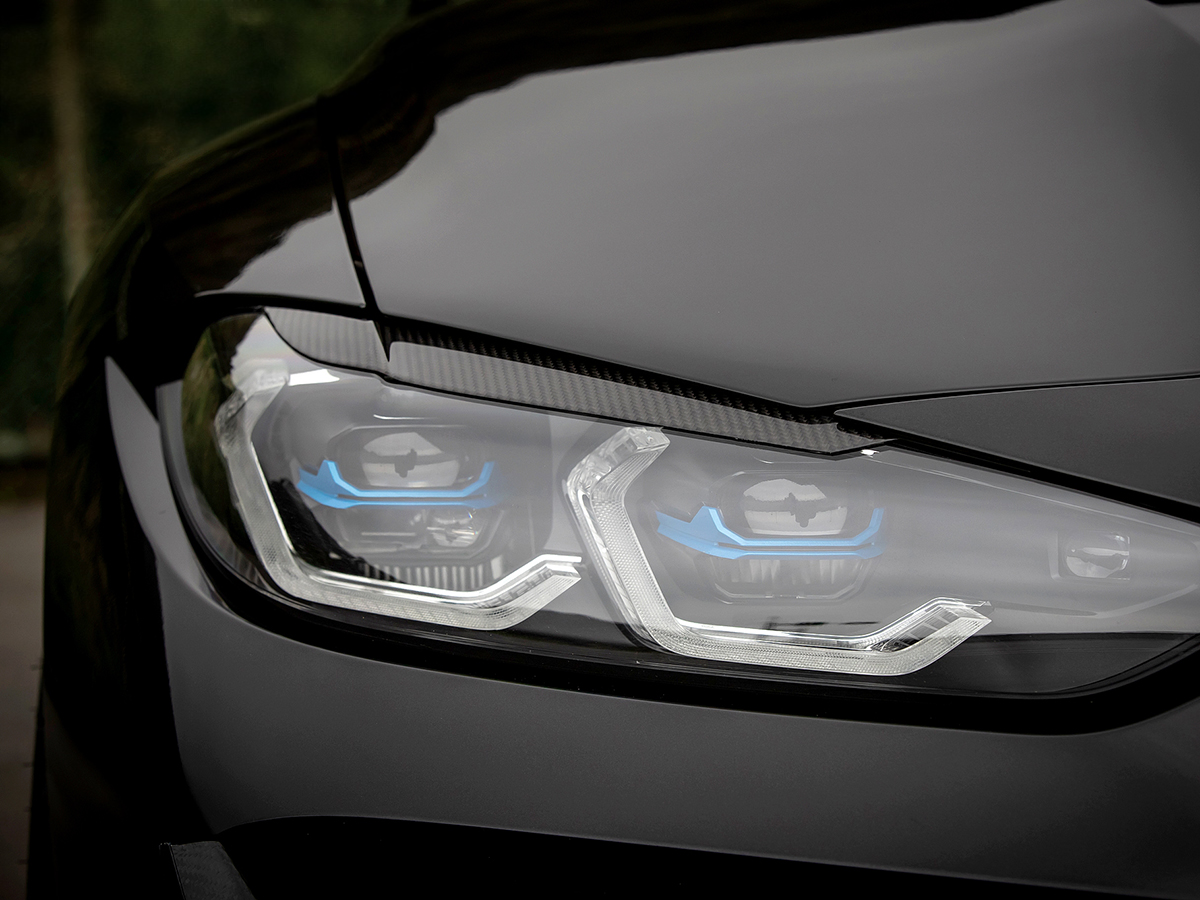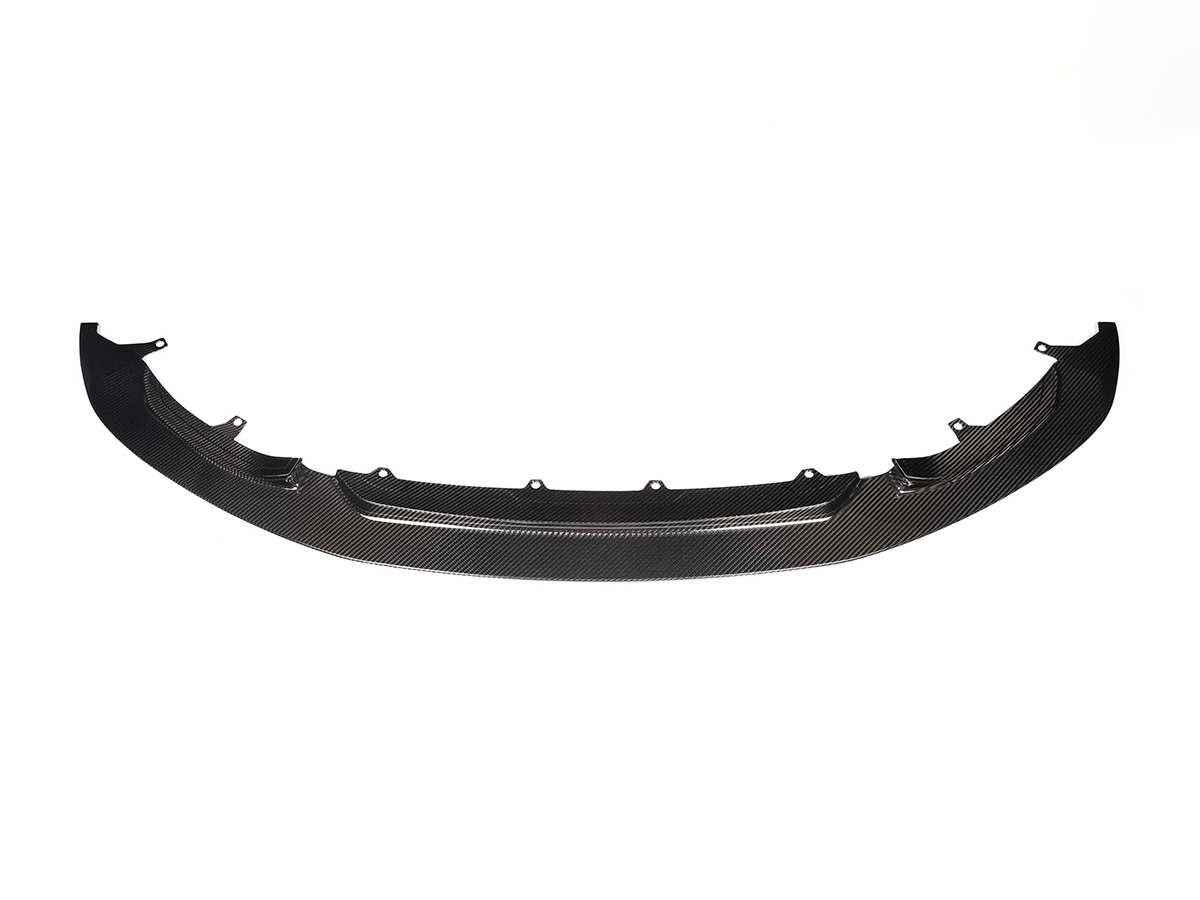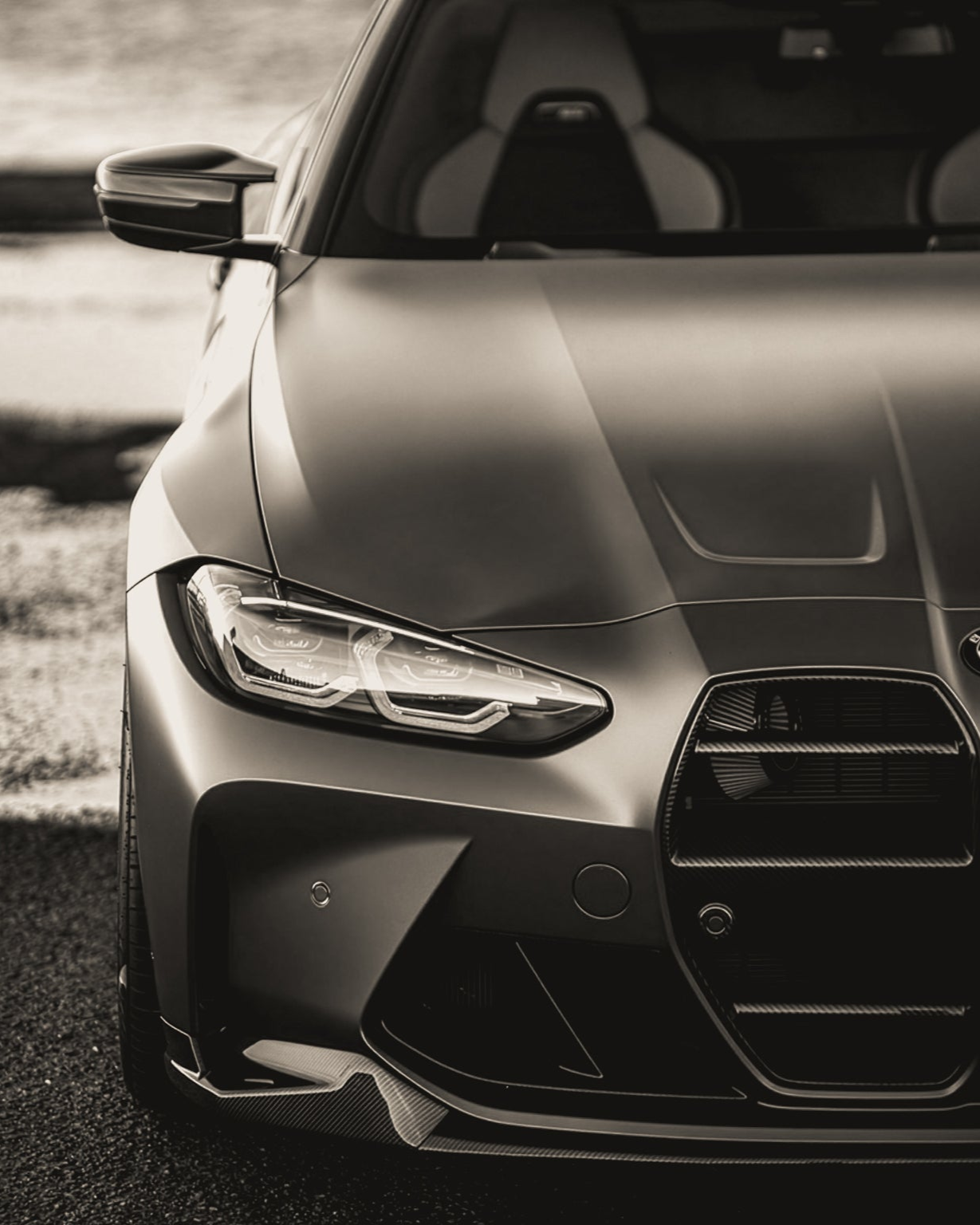BMW F87 vs G87 M2: Does New Always Mean Better

Published: October 7, 2025
By Rich Xay
When BMW announced the G87 M2, the community was split. The outgoing F87 had become a cult favorite, compact, aggressive, and unapologetically raw. The new G87 promised more power, more tech, and a more refined chassis. But the real question every enthusiast asks: did BMW make it better, or just different?
The Heart: Engine and Transmission
The F87 M2 Competition packed the legendary S55 twin-turbo inline-six, borrowed from the F80 M3 and F82 M4. Delivering 405 horsepower through either a six-speed manual or a seven-speed DCT, it offered a perfectly balanced blend of old-school engagement and modern turbo muscle.
The G87 steps things up with the S58, an evolution of that same engine, pushing 453 horsepower and 406 lb-ft of torque. Paired with either a six-speed manual or ZF’s eight-speed automatic, it is technically superior in every measurable way. But on the road, the difference is not just in numbers.
The S58 feels smoother, broader in its powerband, and quieter. It is faster, yes, but also more composed. The F87’s S55, by contrast, hits with urgency, a punchy, mechanical delivery that reminds you why it became a driver’s favorite.
Chassis and Handling: Feel vs Refinement
The F87 M2 was praised for its immediacy. With a shorter wheelbase and lighter body, it felt eager to rotate, with steering that sent every texture of the road straight to your hands. It was imperfect, twitchy at times, but alive.
The G87 is a different animal. Built on BMW’s CLAR platform, it is larger, heavier, and significantly more rigid. The result is stability and precision, especially at higher speeds, but also a noticeable shift in character. The G87 feels planted, confident, and polished, yet some drivers miss the chaos that made the F87 so addictive.
Forum sentiment reflects that split perfectly:
“The G87 is faster and smarter, but the F87 just feels more human.”
Design Language: A Shift in Personality

Few topics stirred as much controversy as the G87’s design. The F87 had classic M proportions with wide arches, clean lines, and that signature compact aggression. It looked timeless, confident without shouting.
The G87 arrived with squared-off geometry, bulkier proportions, and massive presence. Some called it muscular. Others called it awkward. Many argued it strayed too far from BMW’s historic design language.
Yet, as with most BMWs, time softened opinions. Now, many owners have grown to appreciate the G87’s stance, bolder, angrier, and more imposing. Love it or not, it turns heads.
Interior and Technology: From Analog to Digital
Inside, the difference is striking. The F87’s cabin is minimalistic and focused, with analog dials, straightforward controls, and a driving position that feels intimate.
The G87 introduces BMW’s curved display, digital cluster, and modern interfaces. It feels more upscale and futuristic, though at the expense of simplicity. Enthusiasts argue that the F87’s cabin, though dated, keeps the driver at the center of the experience. The G87, by contrast, wraps the driver in comfort and connectivity.
Tuning, Modding, and Community Support
This is where the real divide grows. The F87 community has years of aftermarket development behind it. Tuners know the S55 inside and out, and software platforms like Bootmod3 and MHD have unlocked its full potential. From custom maps to full bolt-ons and track setups, nearly every part of the F87 has been tested, tuned, and perfected by the community.
The G87, still relatively new, is just beginning to build that same ecosystem. The S58 engine is incredibly capable, but locked down by tighter ECU security and stricter emissions controls. Tuning potential is massive, but requires more advanced software and hardware solutions. Where the F87 feels like a playground for modders, the G87 is a frontier that is promising but not yet fully explored.
Community support reflects this. The F87 scene has matured into one of BMW’s most vibrant modding networks, with countless forums, YouTube guides, and shared data logs. The G87 crowd is catching up fast, driven by enthusiasts who want to push the new platform as far as its predecessor.
At RMD Performance, we see both sides firsthand. The F87 rewards plug-and-play tuning and mechanical upgrades that deliver instant feedback. The G87 responds better to holistic tuning such as software calibration, adaptive suspension adjustments, and precision hardware changes that work in harmony with its advanced systems.
On the Road: The RMD Perspective
From behind the wheel, the F87 feels like an extension of you. The DCT snaps off shifts with immediacy, the chassis dances under throttle, and the steering talks constantly. It is a car that rewards precision but never apologizes for punishing mistakes.
The G87, by comparison, feels like BMW’s evolution into maturity. It is faster, more stable, and remarkably capable. The ZF eight-speed is seamless, the suspension adaptive, and the handling confidence-inspiring. But that analog wildness, the unpredictable, seat-of-your-pants energy, has been replaced by composure.
Neither is wrong. They are simply aimed at different drivers.
-
F87 M2: Raw, compact, mechanical. Every input matters.
-
G87 M2: Powerful, refined, intelligent. Every drive feels effortless.
Final Thoughts
So, does new always mean better? Not necessarily. The G87 is objectively superior in performance and technology, but the F87 remains special for how it makes you feel.
The F87 connects you to the drive in a way that modern cars rarely do. The G87 represents the evolution of M performance, precision, and everyday usability.
At RMD Performance, we see both as icons of their time. Whether you prefer the F87’s raw simplicity or the G87’s refined aggression, what matters most is how it makes you feel when you press that start button.

